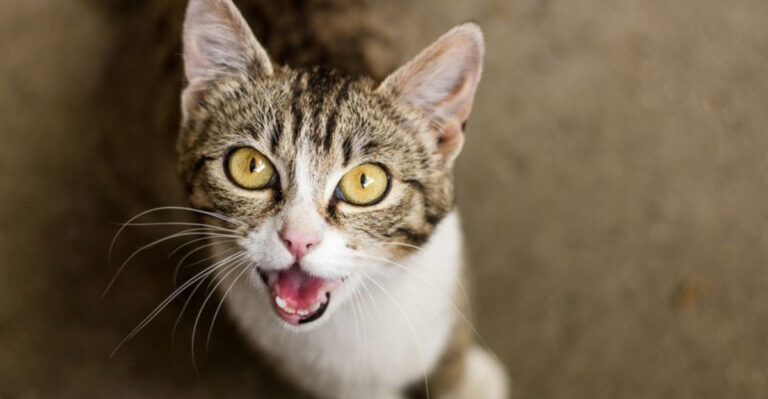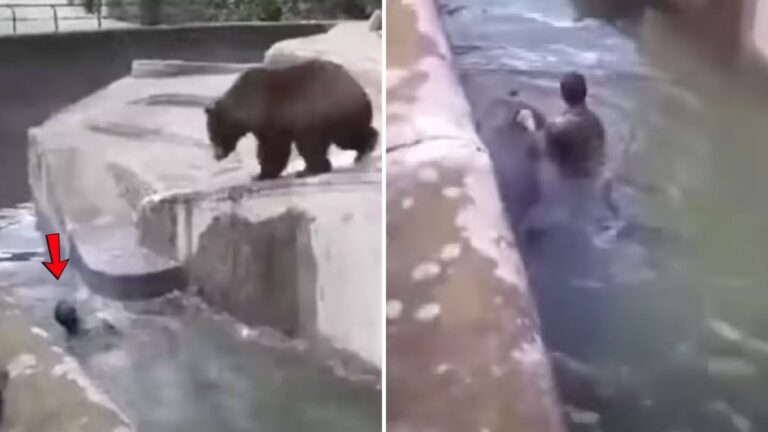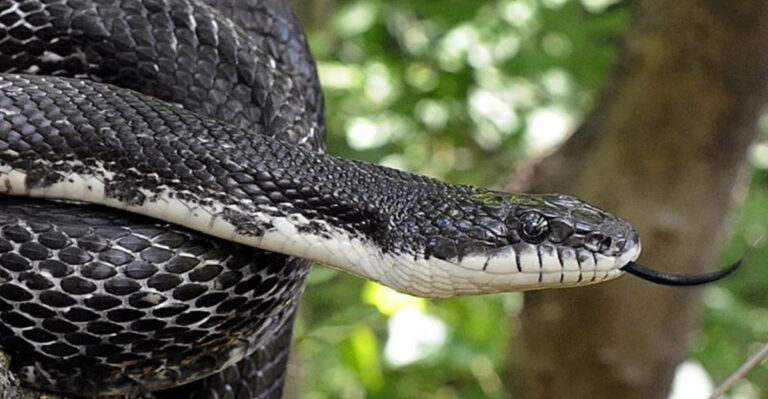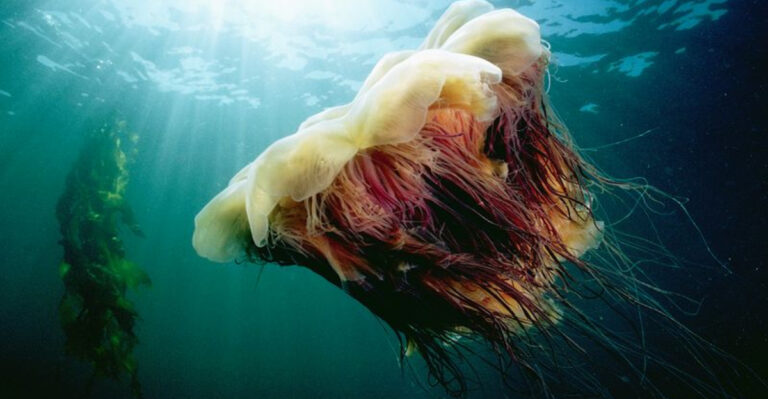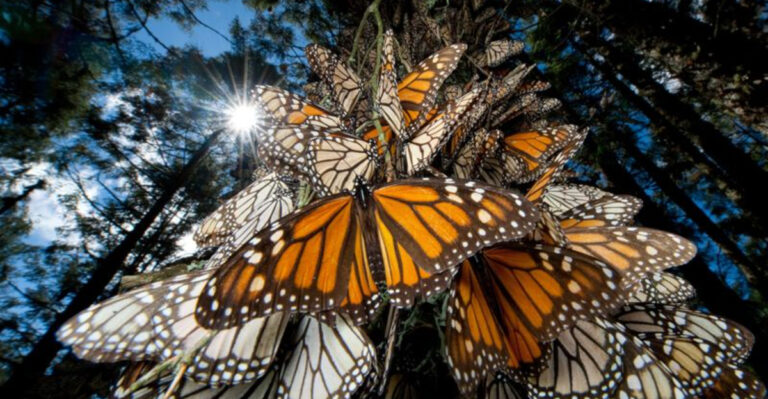15 Legendary American Animals Lost To History
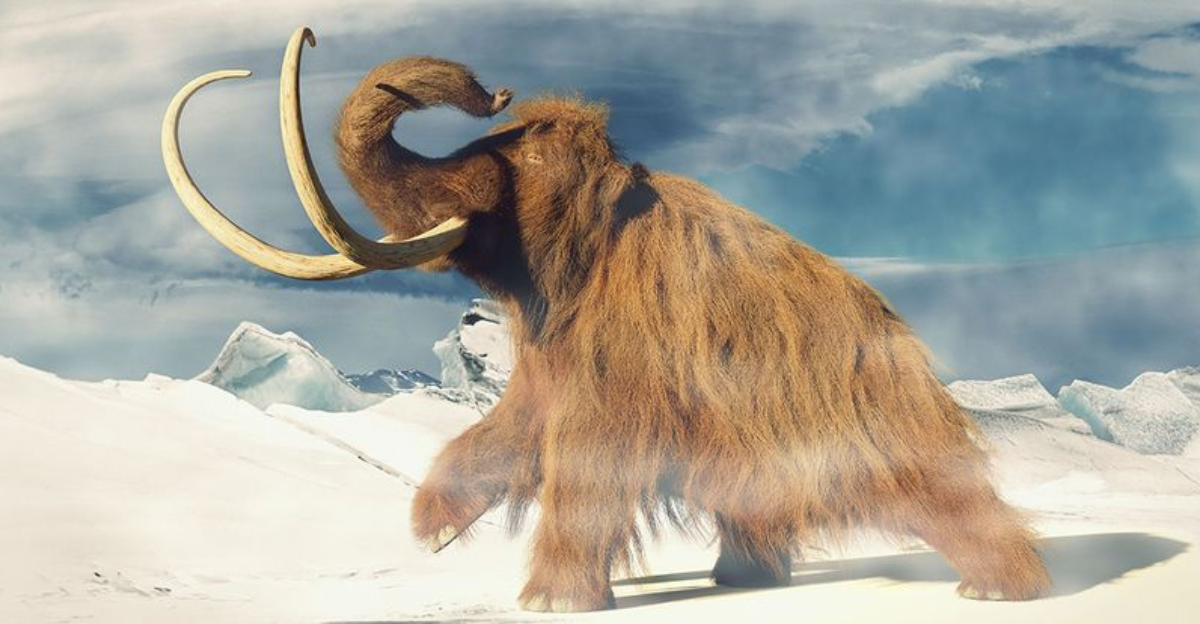
Imagine a world where colossal creatures roamed freely across the vast American landscapes.
In this enchanting journey through time, we’ll explore some of the most intriguing animals that once called America home. ,
From mighty mammals to peculiar birds, these legendary lost creatures offer a glimpse into a bygone era full of natural wonder and diversity.
1. Caribbean Monk Seal
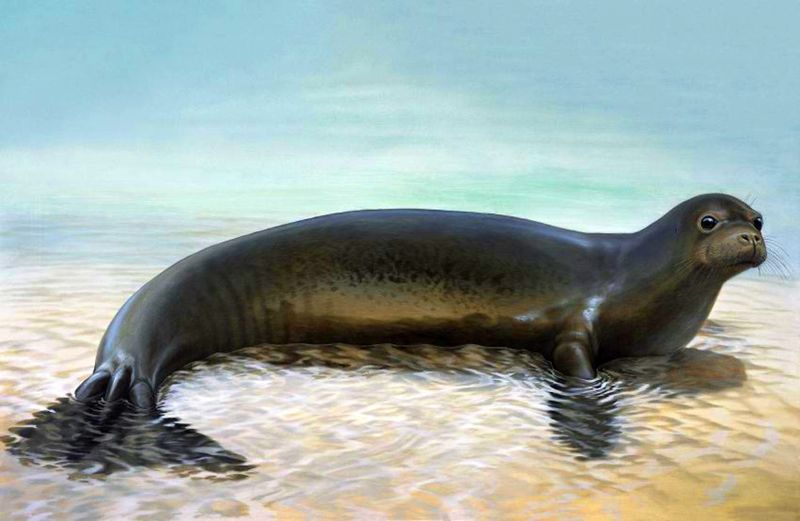
Who doesn’t love a good beach nap? The Caribbean Monk Seal certainly did. Picture these seals basking in the sun, their bellies full of fish, on tropical shores. Unfortunately, human activities led to their demise.
These seals were once abundant in warm Caribbean waters, living a life of leisure and luxury. Fishermen, however, saw them as competition.
The last confirmed sighting was in 1952, and their playful splashes are now just echoes of the past. Such a chill creature, lost forever.
2. Great Auk
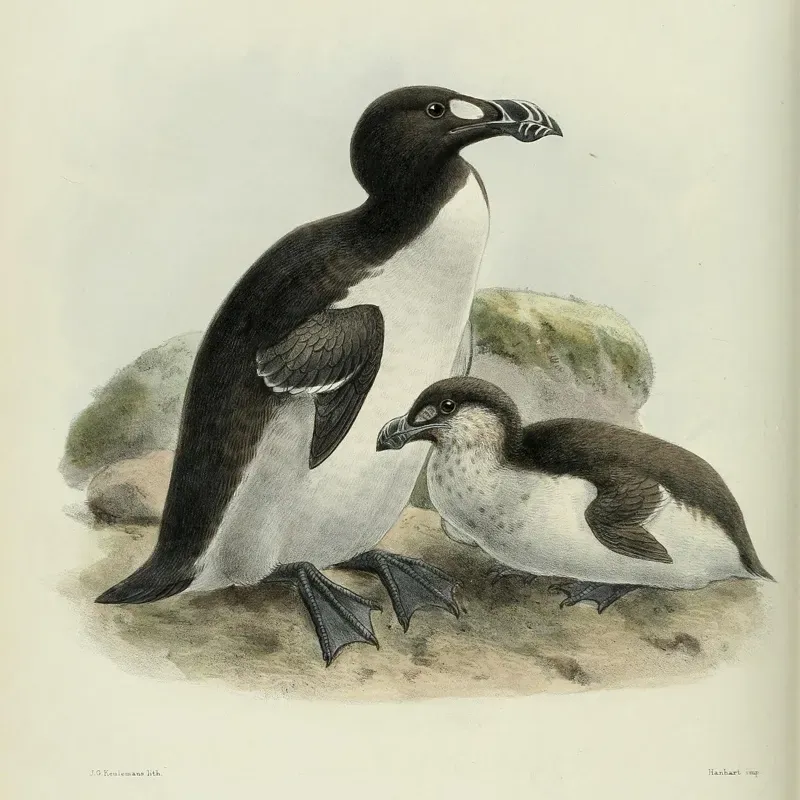
Have you ever seen a bird that couldn’t fly but was a wizard in water? The Great Auk was the penguin of the North Atlantic. It waddled on land but swam like a fish, catching dinner with ease.
Sadly, these quirky birds were hunted for their feathers and meat. By the mid-19th century, they disappeared, with the last pair caught in 1844.
Imagine a world where such eccentric creatures thrived, only to be snuffed out by human greed.
3. Steller’s Sea Cow
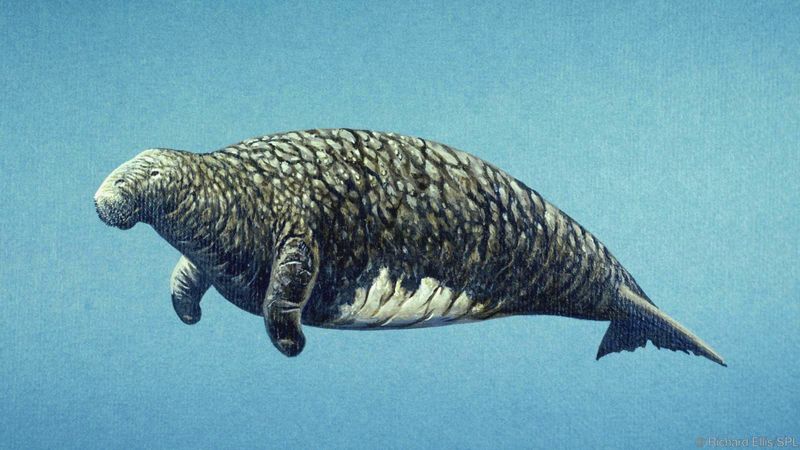
You might think of sea cows as mythical, but Steller’s Sea Cow was very real. These gentle giants glided through the frigid waters near the Commander Islands, munching on kelp.
With no natural predators, they seemed invincible. Yet, merely 27 years after their discovery by Europeans in 1741, they were hunted to extinction for their meat and fat.
4. Passenger Pigeon
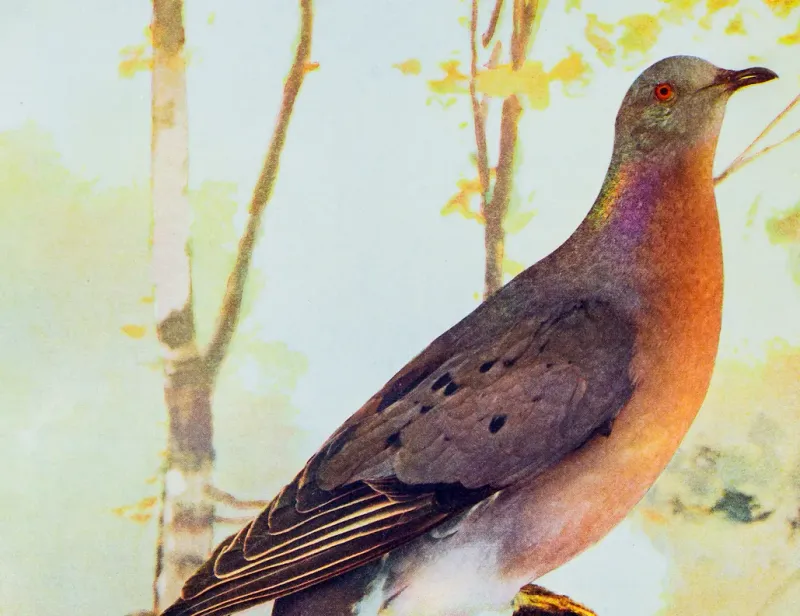
Imagine the sky darkening with flocks so vast you could hardly see the sun. Passenger Pigeons once graced North America’s skies in unbelievable numbers.
Their story is a cautionary tale of overhunting and habitat destruction. By the early 20th century, they were gone, with Martha, the last known pigeon, dying in captivity in 1914.
It’s hard to fathom that such abundance could vanish so swiftly under human pressure.
5. Labrador Duck
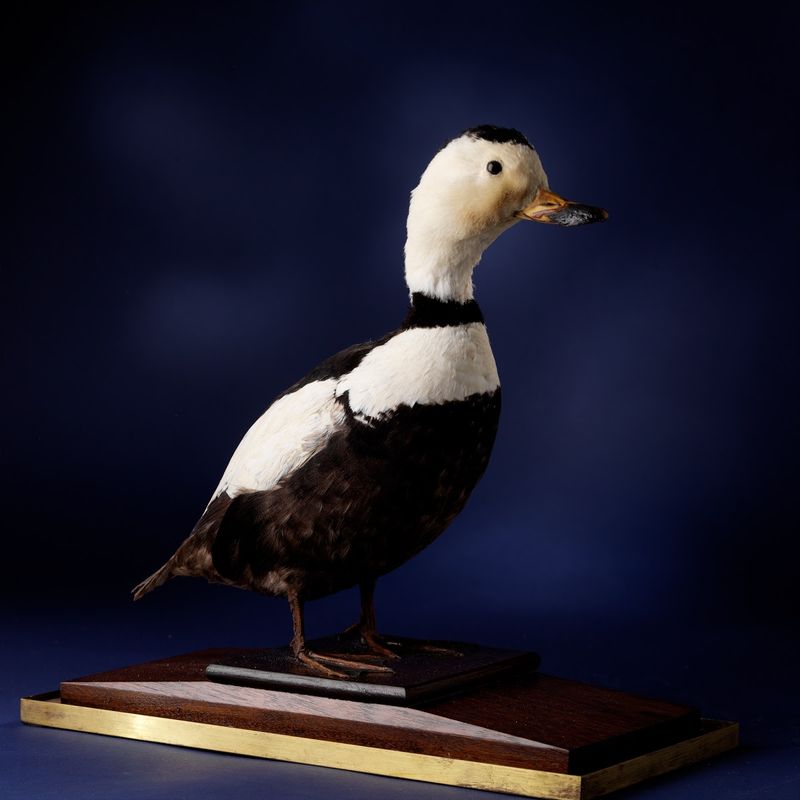
Here’s a mystery for you: the Labrador Duck’s disappearance still puzzles scientists. Known for its striking plumage and unique bill, it was once found along the North American east coast.
No one knows why it vanished; hunting, habitat changes, and food scarcity are theories. The last confirmed sighting was in 1878.
Was it simply a victim of bad luck or something more? This duck’s end is as enigmatic as its life was colorful.
6. Carolina Parakeet
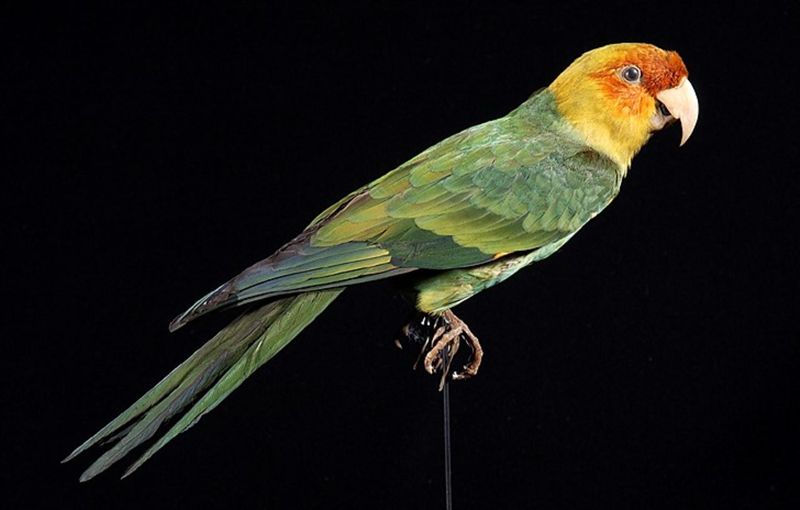
The Carolina Parakeet brought a splash of color to America’s forests. These vibrant birds were social butterflies, chattering away in the treetops.
Their decline was swift due to habitat destruction and hunting for their bright feathers. What’s left are tales of their lively flocks, last seen in 1918.
7. Dusky Seaside Sparrow
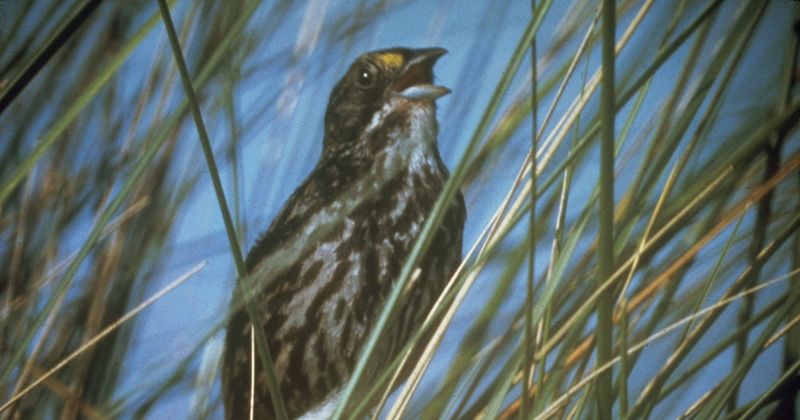
When was the last time you heard a sparrow sing by the sea? The Dusky Seaside Sparrow’s melodic tunes once filled the air along Florida’s coastal marshes.
Their demise came with habitat loss from development and mosquito control efforts. The final known bird died in 1987. Imagine their songs echoing through the marshlands, a harmony silenced by progress.
8. Heath Hen
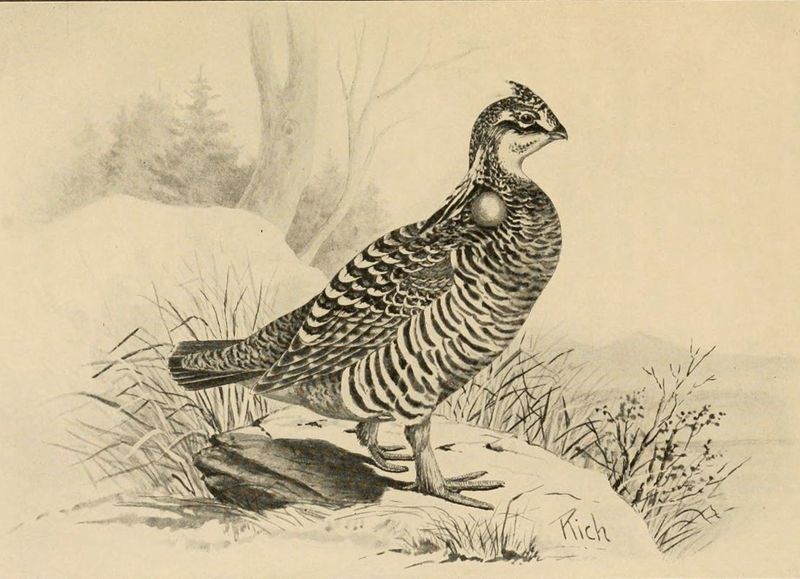
Picture a chicken with a flair for the dramatic. The Heath Hen strutted about the northeastern US, its courtship dances a sight to behold.
Overhunting and habitat loss led to its decline. By 1932, it was extinct, with the last known bird dying in Martha’s Vineyard. Imagine if these feathery performers still entertained us with their elaborate dances!
9. Ivory-Billed Woodpecker
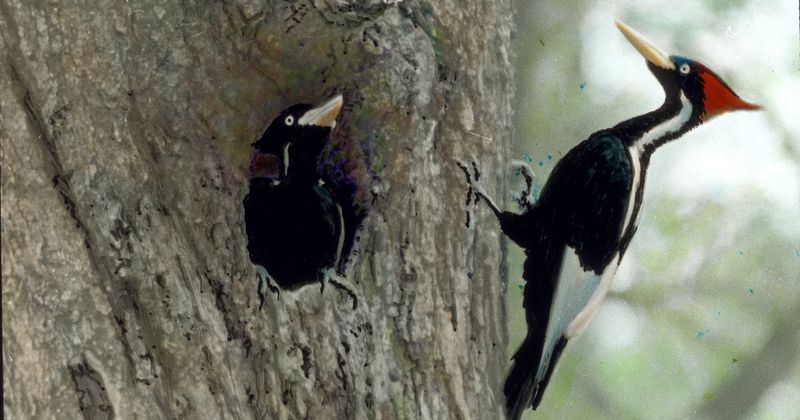
Some say the Ivory-billed Woodpecker was the “Lord God Bird,” named for the awe it inspired. Imagine spotting this majestic woodpecker with its striking black and white plumage and loud, distinct calls.
Habitat destruction led to its decline, and despite alleged sightings, it’s considered extinct since the mid-20th century. This bird’s story is a poignant reminder of the fragility of nature.
10. Pinta Island Tortoise
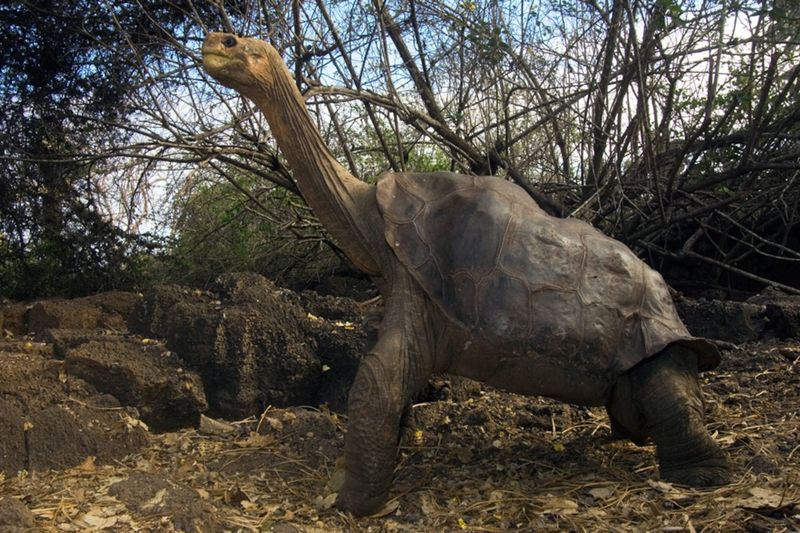
Meet the gentle giant of the Galápagos, the Pinta Island Tortoise. These long-lived reptiles were symbols of endurance and timelessness.
Sadly, human activities and introduced species led to their extinction, with the last known tortoise, Lonesome George, passing away in 2012.
11. American Lion
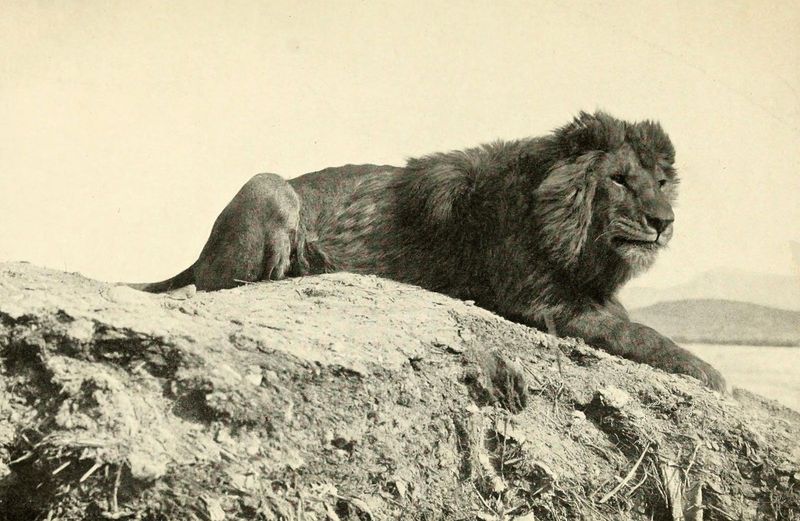
Imagine a lion bigger and bolder than its African cousin. The American Lion prowled the ancient plains, a formidable predator of the Pleistocene.
Despite its strength, climate change and prey scarcity led to its extinction around 11,000 years ago. Picture these majestic beasts commanding the landscape, a reminder of the continent’s wild past.
12. Mammoth
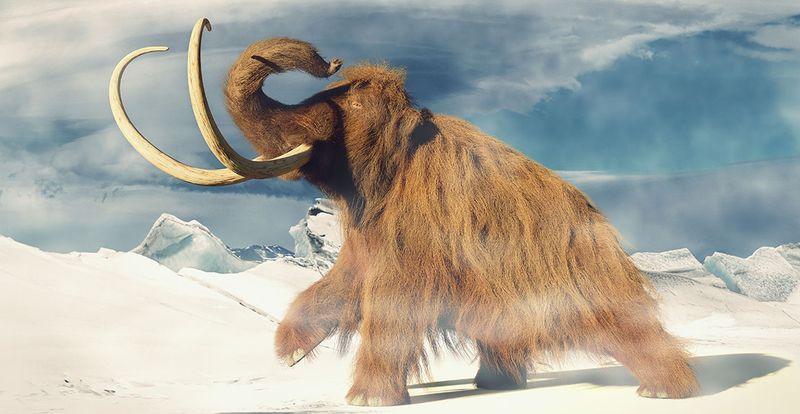
Think of a creature so iconic it’s synonymous with the Ice Age. The Mammoth roamed the frozen expanses, its shaggy coat a testament to adaptability.
Climate change and human hunting spelled its end around 4,000 years ago. Imagine witnessing these colossal mammals trekking through icy terrains, an awe-inspiring sight now relegated to history.
13. Dire Wolf
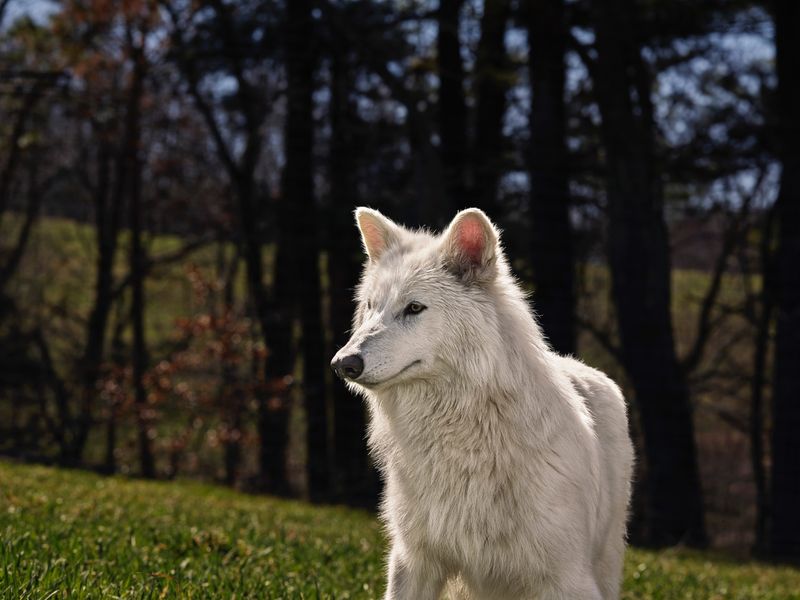
Before “Game of Thrones,” the Dire Wolf was a real creature, prowling North America. Larger and stockier than modern wolves, they hunted in packs, a top predator of their time.
Climate shifts and prey reduction led to their extinction around 9,500 years ago. Picture these formidable pack hunters dominating the landscape, now just skeletons in museums.
14. Dodo
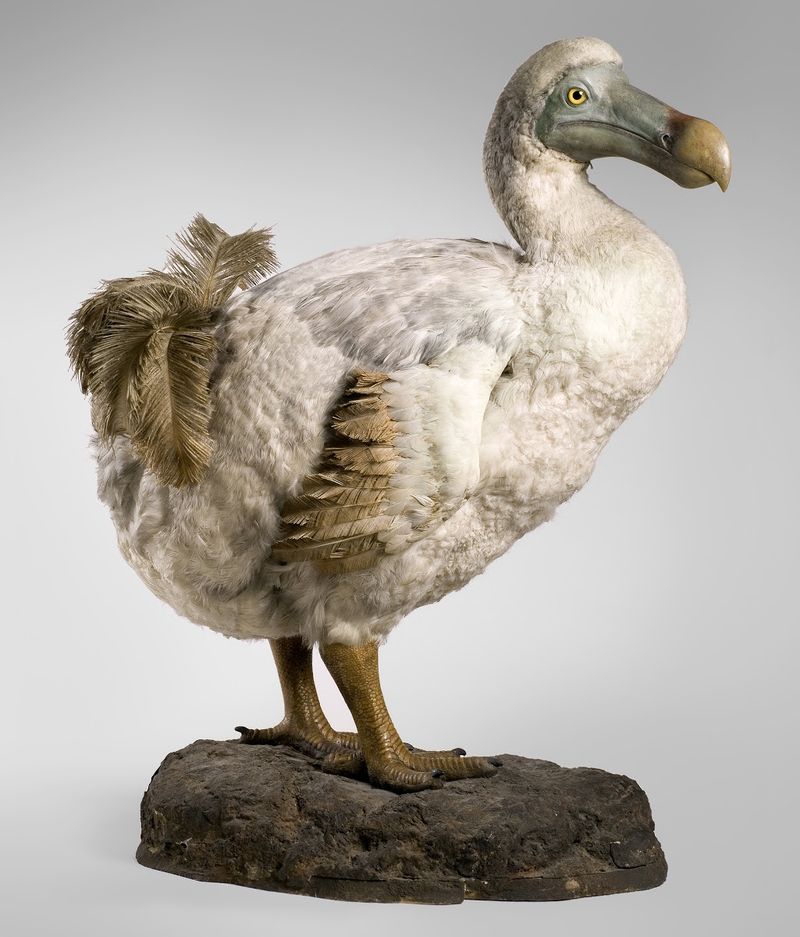
How about a bird so famous for not flying that it became a symbol of extinction? The Dodo called the island of Mauritius home, wandering its forests with a curious nature.
Human colonization and invasive species led to its extinction by the late 17th century. Imagine these flightless birds roaming freely, a quirky icon of what once was.
15. Smilodon (Saber-Toothed Tiger)
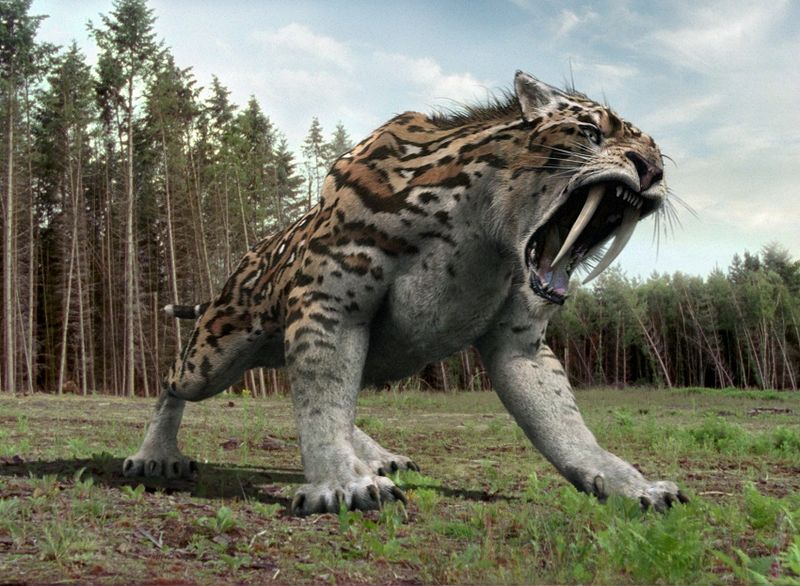
Fancy a cat with teeth so long they defied logic? Smilodon, the saber-toothed tiger, was an apex predator, its fangs a deadly advantage.
Despite its prowess, climate change and prey decline led to its extinction around 10,000 years ago. Imagine these powerful beasts stalking through ancient jungles, their presence both fearsome and fascinating.

